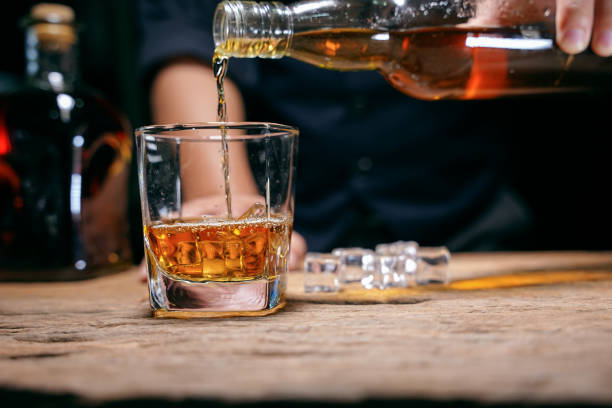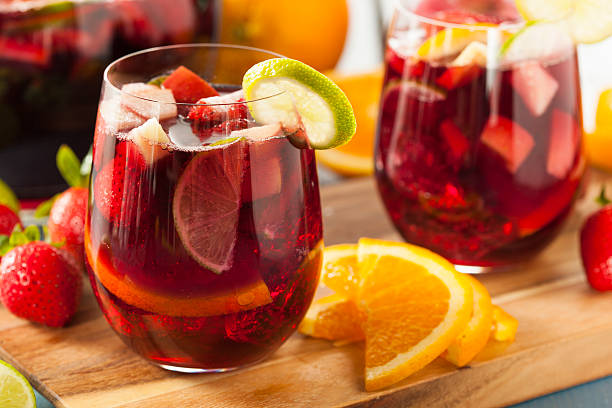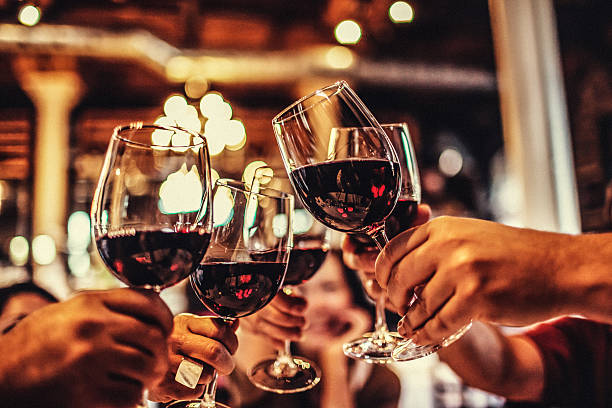The Syndicat du Commerce des Vins de Champagne published a brochure in 1889 to promote Champagne at the Exposition Universelle, claiming Dom Perignon was the “inventor,” the “creator,” or the “discoverer” of sparkling Champagne. Dom Perignon had been procurator for the Benedictine Abbey of Hautvillers since 1668.
“Come, Brothers! I drink stars!” is the famous quote often attributed to him.
Seductive was the story of an effervescent secret discovered by accident by a blind monk. The combination of divine revelation and French winemaking skills produced a French national symbol that is deeply rooted.
The truth is a little different. Dom Perignon contributed to the improvement of still wines in the Champagne region. However, he didn’t discover effervescence. He was trying to eliminate the bubbles.
The Champagne Myth
The expo that propagated the myth of Champagne marked the 100th anniversary of Bastille Day and was best known for the launch of another icon of French Culture, the Eiffel Tower. Perignon’s story began to gain traction as these other national symbols reinforced the uniqueness and culture of France.
Based on a letter sent by Dom Grossard from Hautvillers Abbey in the Champagne region to the mayor of Ay. Grossard claimed Perignon perfected a method of making white wine (blanc de noirs) from pinot noir grapes. He also pioneered effervescence and promoted the use of corks and bottles.
The first claim is the only one that’s true. The abbey used wooden stoppers or canvas soaked with grease to seal bottles. French glass was too fragile for the pressure of effervescence. The bigger problem was the fact that French winemakers and consumers considered bubbles to be a flaw, a way to distract drinkers from bad wines.
A prominent French wine merchant, Bertin De Rocheret, advised a client when he asked about sparkling wine.
Effervescence can mask the best qualities of a good wine, and it can also improve wines of lower quality.
Bubbles, bottles, and corks
In the 17th century, England introduced corks and strong glass bottles. Because bottles were taxed higher than bulk wine, English consumers imported French wine in barrels.
The wine often became oxidized and unpleasant after opening, and the wines were often damaged during their journey. Consumers added sugar, honey, or syrup made of raisins to improve the taste. Sugar added to the drink caused secondary fermentation and effervescence.
In 1662, Christopher Merrett, a founding member of the Royal Society, published an article titled “Some observations concerning the ordering of wines,” in which the method of effervescence was described:
In the past, winemakers added molasses and sugar to wines to make them more spirited and lively, but also to improve their taste.
Three things are needed to produce a sparkling wine that retains its effervescence: bubbles in strong glass bottles and corks.
The corks used to bottle perry and cider were also invented in England by Merrett. The strong glass produced in England is a result of King James I’s order in 1615 prohibiting the use of wood in industrial furnaces.
The merchant fleet was not allowed to use wood for glassmaking because it was considered too precious. English glass furnaces produced stronger glass by using sea coal. These bottles were able to withstand pressure as much as an automobile tire without breaking.
What is the paradox?
French wine history referred to the English contribution as the ” English Paradox.” How could a nation with no winemaking traditions pioneer the technique of effervescence? However, the “paradox” label only makes sense when you assume that French winemaking standards and practices are superior.
French winemakers, bound by tradition and unwilling to consider a fault as an innovation, were unwilling. English consumers experimented freely, driven by necessity and free from any winemaking rules.
The English culture played a role in the success, but not only because of necessity. The English fleet needed stronger glass, and the cider and perry industry produced corks to seal the bottles.
The French Champagne Industry claims that effervescence is not a product of invention but a natural result of soil and climate within a defined region.
The natural fermentation can produce fizz but not enough to pop the cork. Biological characteristics and exclusivity are what distinguish Champagne from other sparkling wines.
Even in terms of taste, a more complicated history about the origins of effervescence challenges national identities. It does not lessen Champagne’s status as a luxury, but it does show the impact of cultural traditions and innovation on the product.



